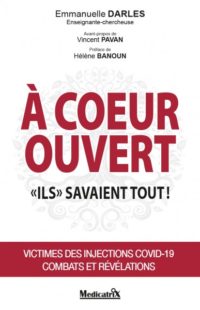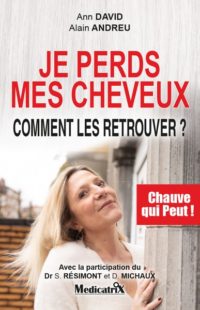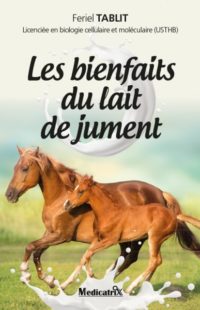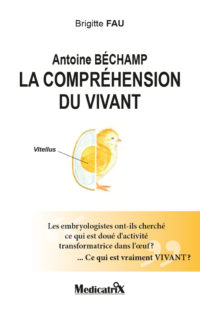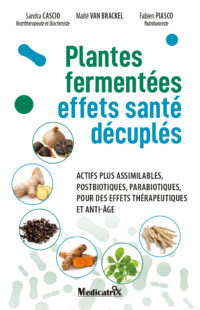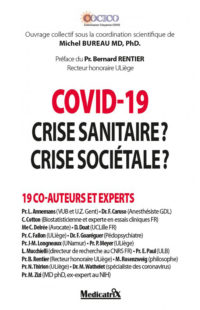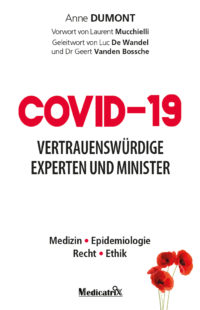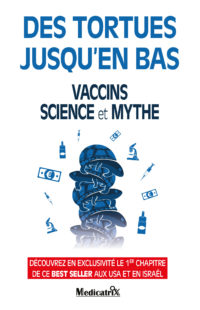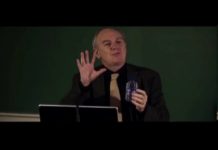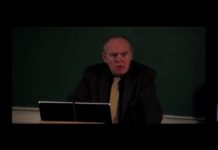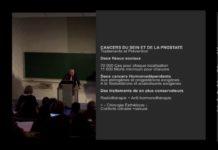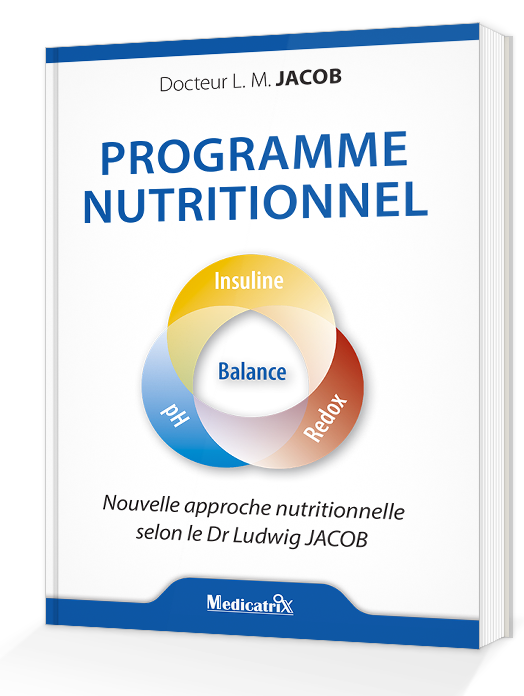[wpfilebase tag=file id=150 /]Objective: To assess the antioxidant/non-antioxidant effects of a hydroxytyrosol (HT)-rich phenolic extract from olive mill waste waters administered with a breakfast.
Design, setting and subjects: Five type I diabetic patients received 25 mg of HT the first day and 12.5 mg/day the following 3 days. Blood sampling was carried out at T0 (baseline) and T4d just before the breakfast þ HT administration and at time points 1, 2, 3 and 4 h after T0. Urines (24-h) were collected from T0 to T4d. Baseline HbA1c was generally inferior to 10%, glycemia was within the range 6–24 mmol/l, whereas total cholesterol, HDL-chol and triglycerides were normal.
Results: The major finding was the 46% decrease in the serum TXB2 production after blood clotting at T4d. Plasma vitamin A, E, b-carotene were not changed. Vitamin C tended to increase (P 1⁄4 0.075). Plasma antioxidant capacity was enhanced at T0 þ 1 h only, whereas its main determinants (albumin, bilirubin, uric acid) were not modified. Urinary 8-isoPGF2a levels were highly variable and were not affected significantly by HT administration.
Conclusion: The major effect of HT accounts for an anti-aggregating platelet action, leading to a possible prevention of thrombotic and microthrombotic processes.


